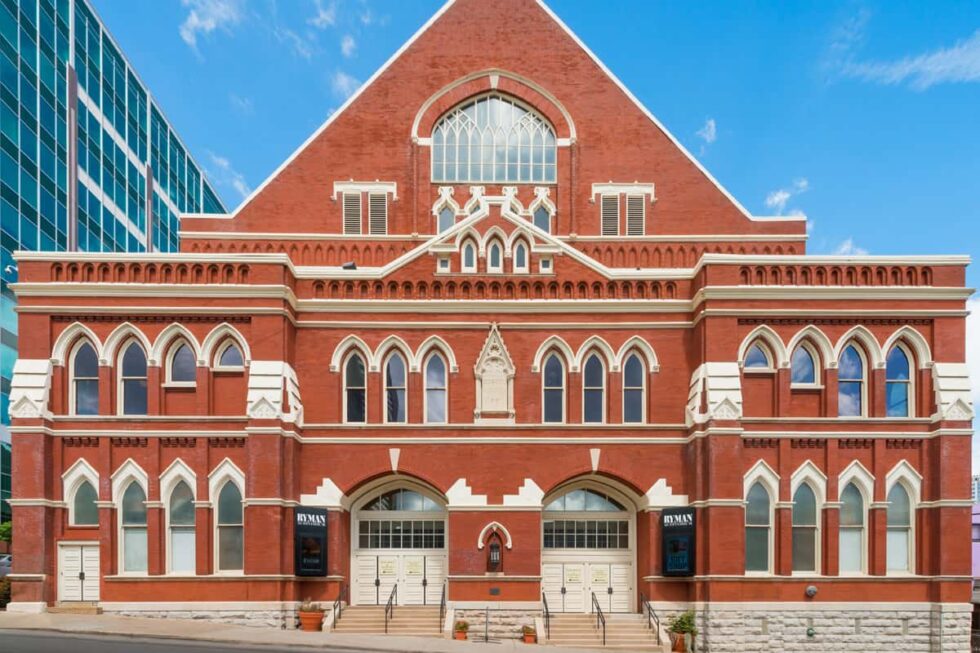
RYMAN AUDITORIUM
The Ryman is often referred to as the “Mother Church of Country Music” and is easily recognized as one of the most well-known buildings in Nashville. The auditorium first opened its doors in 1892 as a church and gradually began to host secular performances. The Grand Ole Opry broadcast from the Ryman for more than 30 years. This national landmark still hosts performances by legendary artists, but be sure to check the calendar as they often sell out fast!






